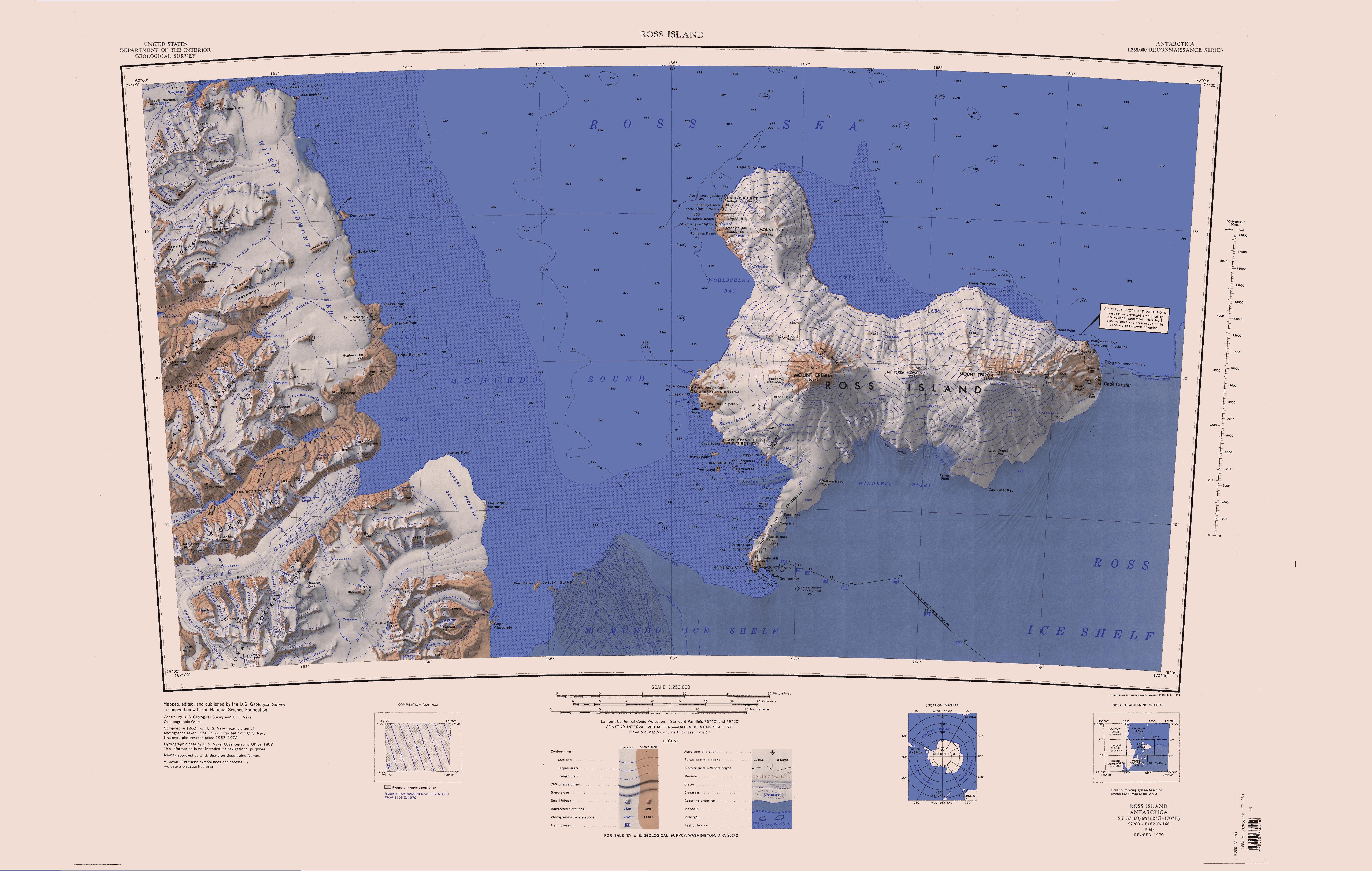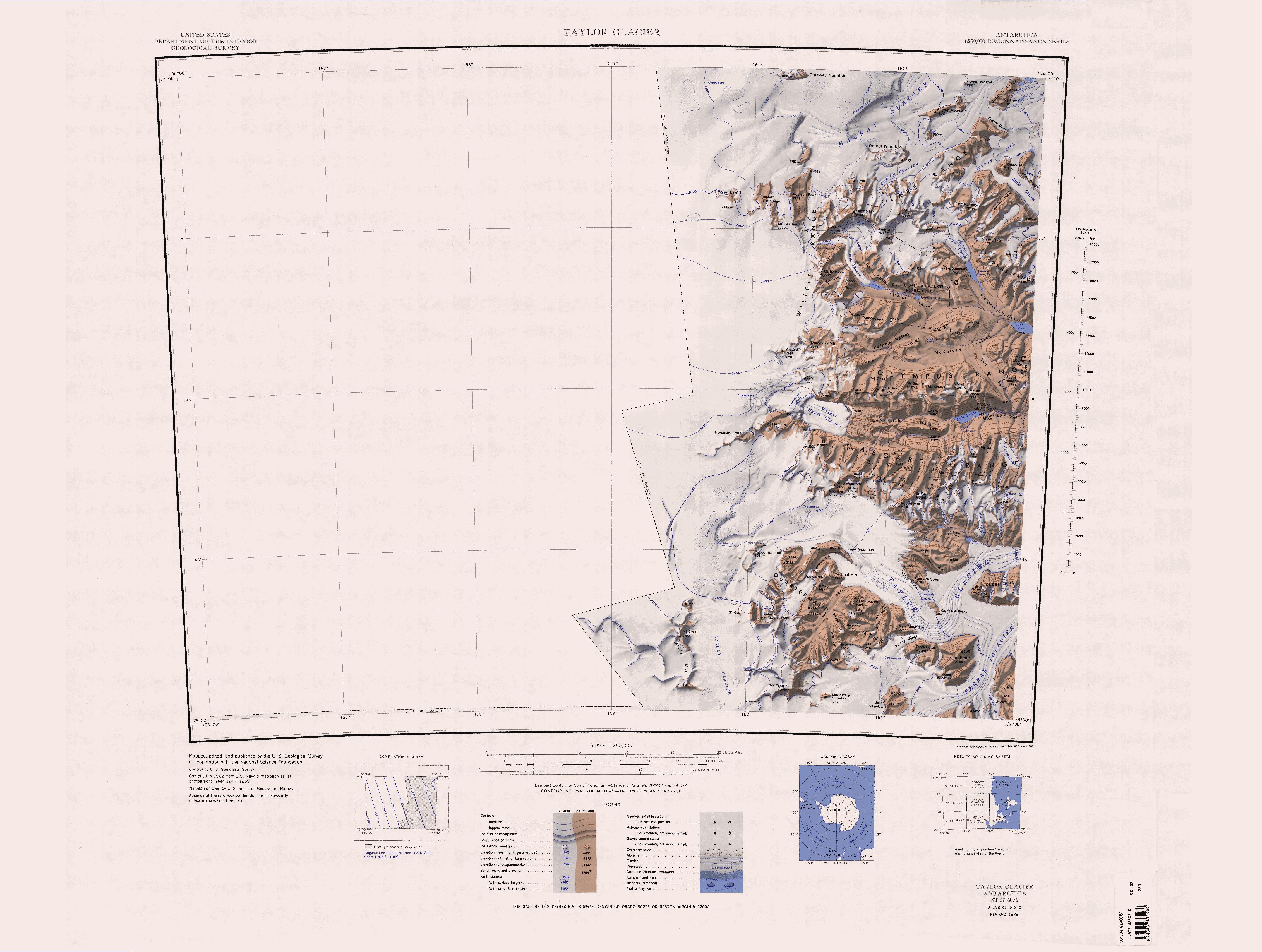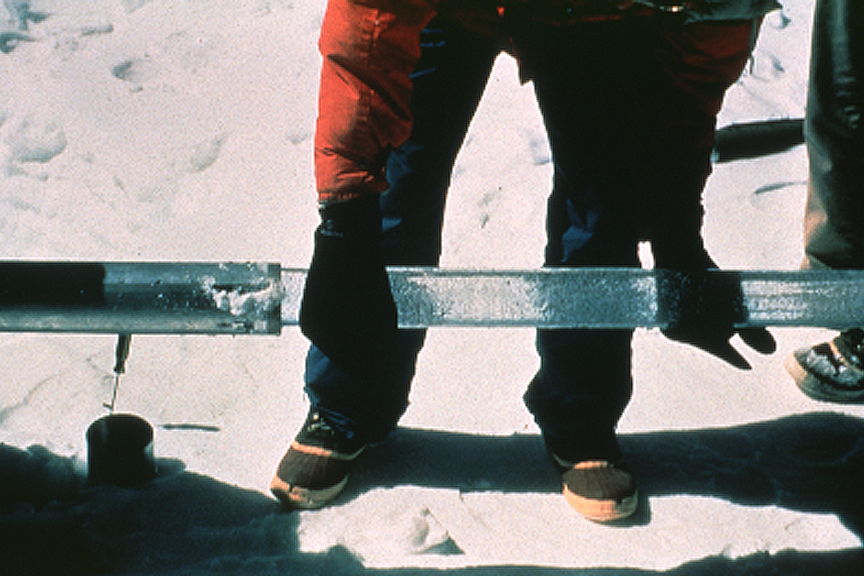|
Antarctic Research Centre
The Antarctic Research Centre (ARC) is part of the School of Geography, Environment and Earth Sciences at Victoria University of Wellington. Its mission is to research " Antarctic climate history and processes, and their influence on the global climate system. The current director of the Antarctic Research Centre is Associate Professor Robert McKay. Directors * 1972–2007: Professor Peter Barrett * 2008–2016: Professor Tim Naish * 2017–2019: Professor Andrew Mackintosh * 2020–present: Professor Robert McKay History In December 1957, geology students Barrie McKelvey and Peter Webb along with biologist Ron Balham conducted an expedition to the then unexplored McMurdo Dry Valleys via the Royal New Zealand Navy Antarctic support ship HMNZS ''Endeavour''. This expedition formed the basic for the annual Victoria University of Wellington Antarctic Expeditions, which continue to the present day. Since this first expedition, over 400 staff and students have travelled to th ... [...More Info...] [...Related Items...] OR: [Wikipedia] [Google] [Baidu] |
Victoria University Of Wellington
Victoria University of Wellington (), also known by its shorter names "VUW" or "Vic", is a public university, public research university in Wellington, New Zealand. It was established in 1897 by Act of New Zealand Parliament, Parliament, and was a constituent college of the University of New Zealand. The university is well known for its programmes in law, the humanities, and some scientific disciplines, and offers a broad range of other courses. Entry to all courses at first year is open, and entry to second year in some programmes (e.g. law, criminology, creative writing, architecture, engineering) is restricted. Victoria had the highest average research grade in the New Zealand Government's Performance-Based Research Fund, Performance Based Research Fund exercise in both 2012 and 2018, having been ranked 4th in 2006 and 3rd in 2003. [...More Info...] [...Related Items...] OR: [Wikipedia] [Google] [Baidu] |
Core Sample
A core sample is a cylindrical section of (usually) a naturally-occurring substance. Most core samples are obtained by drilling with special drills into the substance, such as sediment or rock, with a hollow steel tube, called a core drill. The hole made for the core sample is called the "core hole". A variety of core samplers exist to sample different media under different conditions; there is continuing development in the technology. In the coring process, the sample is pushed more or less intact into the tube. Removed from the tube in the laboratory, it is inspected and analyzed by different techniques and equipment depending on the type of data desired. Core samples can be taken to test the properties of manmade materials, such as concrete, ceramics, some metals and alloys, especially the softer ones. Core samples can also be taken of living things, including human beings, especially of a person's bones for microscopic examination to help diagnose diseases. Methods The ... [...More Info...] [...Related Items...] OR: [Wikipedia] [Google] [Baidu] |
Research Institutes In New Zealand
Research is creative and systematic work undertaken to increase the stock of knowledge. It involves the collection, organization, and analysis of evidence to increase understanding of a topic, characterized by a particular attentiveness to controlling sources of bias and error. These activities are characterized by accounting and controlling for biases. A research project may be an expansion of past work in the field. To test the validity of instruments, procedures, or experiments, research may replicate elements of prior projects or the project as a whole. The primary purposes of basic research (as opposed to applied research) are documentation, discovery, interpretation, and the research and development (R&D) of methods and systems for the advancement of human knowledge. Approaches to research depend on epistemologies, which vary considerably both within and between humanities and sciences. There are several forms of research: scientific, humanities, artistic, economic, s ... [...More Info...] [...Related Items...] OR: [Wikipedia] [Google] [Baidu] |
New Zealand Electronic Text Collection
The New Zealand Electronic Text Collection (NZETC; ) is a freely accessible online archive of New Zealand and Pacific Islands texts and heritage materials that are held by the Victoria University of Wellington Library. It was named the New Zealand Electronic Text Centre until October 2012. At the beginning of 2012 the collection contained over 1,600 texts (around 65,000 pages) and received over 10,000 visits each day.About NZETC on the official website It is one of two similar collections of older New Zealand publications that have been digitised, the other being the collection from the |
Harold Wellman
Harold William Wellman (25 March 1909 – 28 April 1999) was a New Zealand geologist known for his work on plate tectonics. He is notable for his discovery of South Island's Alpine Fault. Wellman became a Fellow of the Royal Society of New Zealand in 1954, and was awarded the Hector Memorial Medal and Prize in 1957 and the McKay Hammer Award in 1959. Life and career Harold Wellman was born in Devonport, England, to Evan Edward Wellman, an engineer in the Royal Navy, and May Kinglake Hoare. In 1927, his father was deployed at Devonport, Auckland, New Zealand for three years and the family moved to New Zealand. Harold Wellman first worked as a surveyor, but was soon forced to become a gold prospector on the West Coast due to the lack of work available during the depression. In the mid-1930s, Wellman began his geological study while working in mineral exploration for the Department of Scientific and Industrial Research. He initially studied at Canterbury University, later m ... [...More Info...] [...Related Items...] OR: [Wikipedia] [Google] [Baidu] |
Ghent Ridge
Mount Falconer () is a mountain, high, surmounting Lake Fryxell on the north wall of Taylor Valley, between Mount McLennan and Commonwealth Glacier in Antarctica. It was named by the Western Journey Party, led by Thomas Griffith Taylor, of the British Antarctic Expedition, 1910–13. Location Mount Falconer is in the southeast of the Asgard Range. The Commonwealth Glacier forms to its north and flows east and then south into the Taylor Valley. Lake Fryxell in the Taylor Valley is to the south of the mountain, and Canada Glacier flows southeast into Taylor Valley to the west of Mount Falconer. Mount McLennan is to the northwest. Features Named features include, from west to east: Perk Summit . A mountain peak, high, that is the highest elevation on the ridge between Mount McLennan and Mount Keohane. Named by the United States Advisory Committee on Antarctic Names (US-ACAN) (1997) after Henry Perk, Chief Pilot, Kenn Borek Air, Ltd., Calgary, Canada, who has flown Twin O ... [...More Info...] [...Related Items...] OR: [Wikipedia] [Google] [Baidu] |
Eureka Spurs
The Eureka Spurs () are several rock spurs exposed along the east side of the head of Mariner Glacier, southwest of Mount McCarthy, in Victoria Land. They were so named, after the ancient Greek word eureka, by the Victoria University of Wellington Antarctic Expedition field party to Evans Neve, 1971–72, on the occasion of fossil discoveries made in the area. Thick sections of sedimentary strata of the Spurs Formation are exposed in Eureka Spurs. These outcrops exposed Cambrian submarine channel-fills in the Spurs Formation that exhibit unique meter-scale sedimentary cyclic layers of breccia and diamictite.Kim, Y.H.G., Woo, J., Park, T.Y.S., Kihm, J.H., Lee, J.I. and Choe, M.Y., 2018. ''Sedimentary breccia and diamictite of the Cambrian Spurs Formation in northern Victoria Land, Antarctica: two kinds of debris flows in a submarine channel system'' ''Antarctic Science'', 30(4), pp.245-263. In addition, these outcrops have yielded rare, identifiable fossils, including trilobites, ... [...More Info...] [...Related Items...] OR: [Wikipedia] [Google] [Baidu] |
McKelvey Valley
McKelvey Valley () is a valley between the western part of the Olympus Range and the Insel Range, in Victoria Land, Antarctica. Exploration and naming The McKelvey Valley was named by the Victoria University of Wellington Antarctic Expedition (VUWAE) (1958–59) for B.C. McKelvey, a geologist of the Victoria University of Wellington, who, with P.N. Webb, undertook the first geological exploration of this area (1957–58), and was again in Wright Valley with the VUWAE in 1958–59. Location The McKelvey Valley is one of the McMurdo Dry Valleys. It runs from the Balham Valley to the west to the Victoria Valley and Lake Vida to the east. The Olympus Range forms the south side of the valley, with several smaller valleys running north from that range into the McKelvey Valley. Bull Pass runs from the east of the valley through the Olympus Range, between Mount Jason and Mount Orestes to Wright Valley. The Insel Range forms its north side. Features Features of the McKelvey Valley, ... [...More Info...] [...Related Items...] OR: [Wikipedia] [Google] [Baidu] |
Antarctica
Antarctica () is Earth's southernmost and least-populated continent. Situated almost entirely south of the Antarctic Circle and surrounded by the Southern Ocean (also known as the Antarctic Ocean), it contains the geographic South Pole. Antarctica is the fifth-largest continent, being about 40% larger than Europe, and has an area of . Most of Antarctica is covered by the Antarctic ice sheet, with an average thickness of . Antarctica is, on average, the coldest, driest, and windiest of the continents, and it has the highest average elevation. It is mainly a polar desert, with annual Climate of Antarctica#Precipitation, precipitation of over along the coast and far less inland. About 70% of the world's freshwater reserves are frozen in Antarctica, which, if melted, would raise global sea levels by almost . Antarctica holds the record for the Lowest temperature recorded on Earth, lowest measured temperature on Earth, . The coastal regions can reach temperatures over in the ... [...More Info...] [...Related Items...] OR: [Wikipedia] [Google] [Baidu] |
Ice Sheet Model
In climate modelling, Ice-sheet models use numerical methods to simulate the evolution, dynamics and thermodynamics of ice sheets, such as the Greenland ice sheet, the Antarctic ice sheet or the large ice sheets on the northern hemisphere during the last glacial period. They are used for a variety of purposes, from studies of the glaciation of Earth over glacial–interglacial cycles in the past to projections of ice-sheet decay under future global warming conditions. History Beginning in the mid-18th Century, investigation into ice sheet behavior began. Since the Journal of Glaciology's founding, physicists have been publishing glacial mechanics. The first 3-D model was applied to the Barnes Ice Cap. In 1988, the first thermodynamically coupled model incorporating ice-shelves, sheet/shelf transition, membrane stress gradients, isostatic bed adjustment and basal sliding using more advanced numerical techniques was developed and applied to the Antarctic ice sheet. This mode ... [...More Info...] [...Related Items...] OR: [Wikipedia] [Google] [Baidu] |
Ice Cores
An ice core is a core sample that is typically removed from an ice sheet or a high mountain glacier. Since the ice forms from the incremental buildup of annual layers of snow, lower layers are older than upper ones, and an ice core contains ice formed over a range of years. Cores are drilled with hand augers (for shallow holes) or powered drills; they can reach depths of over two miles (3.2 km), and contain ice up to 800,000 years old. The physical properties of the ice and of material trapped in it can be used to reconstruct the climate over the age range of the core. The proportions of different oxygen and hydrogen isotopes provide information about ancient temperatures, and the air trapped in tiny bubbles can be analysed to determine the level of atmospheric gases such as carbon dioxide. Since heat flow in a large ice sheet is very slow, the borehole temperature is another indicator of temperature in the past. This data can be combined to find the climate model ... [...More Info...] [...Related Items...] OR: [Wikipedia] [Google] [Baidu] |







